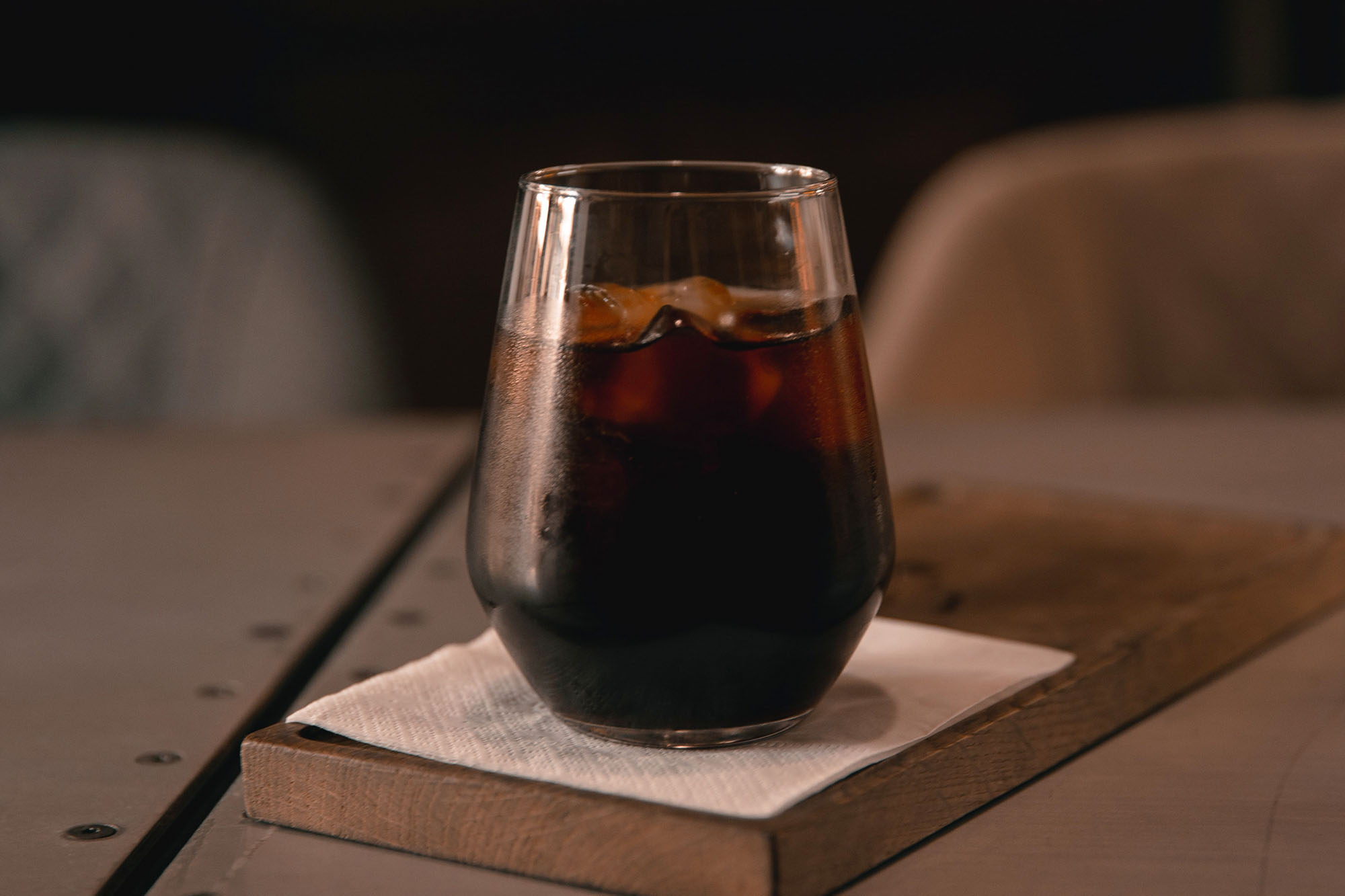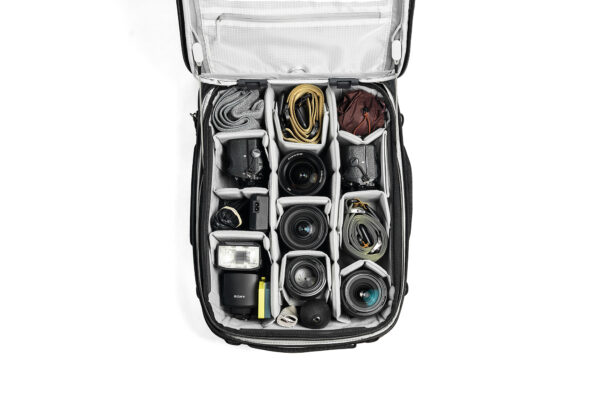
What is cold brew coffee?
Cold-brewed coffee, or cold brew, is made by steeping the coffee in room-temperature water for several hours, usually 12 to 18 hours or longer, then straining the grounds and chilling it before serving, over ice, or with water.
How is a cold brew made?
To make cold brew coffee, all that is needed is cold or room-temperature water, preferably filtered, and some fresh coffee beans; as brew in a pot, a pot, pitcher, or jar; Some ways to filter coffee as well. Cold brew can also be made in a French press coffee pot or a dedicated cold brew coffee maker.
The basic method is to combine water and beans in a certain ratio, which will vary according to taste and how the pot is used. A typical ratio of water to coffee (by weight) ranges from about 4:1 to 10:1. Then let the brew sit covered for anywhere from 12 to 18 hours, although this will also vary based on personal taste. When the allotted time has passed, strain the coffee through a filter, cool, and serve.
Cold brew vs. iced coffee
Cold brew is similar to iced coffee but not quite the same. Coffee grounds are brewed cold for a long time, but traditional iced coffee uses a standard method of brewing hot coffee and then chilling it by placing it in the refrigerator or pouring it over ice.
The problem with iced coffee is that it gets a bit weaker after it’s poured over ice because the ice dilutes the coffee as it melts. This can be remedied by brewing coffee at double strength for iced coffee. Unfortunately, it can double the acidity and bitterness.
With cold brew, it is possible to make coffee at any strength you desire, as it will be served over ice, simply by changing the ratio of water to grounds. This way you can enjoy your cold coffee without diluting it and without the unpleasant aftertaste produced by hot coffee. Some cold brew enthusiasts say that cold brew tastes so good, that they don’t need to add cream or sugar to it.
Why drink cold brew?
Cold brew is very beneficial for you. Here are some possible health benefits you will get from drinking it.
It can increase your metabolism:
Like hot coffee, the cold drink contains just as much caffeine, which has been proven to increase your body’s metabolic rate by up to 11%.
Cold drinks may be easier for your stomach to digest:
Many people avoid drinking coffee due to acid reflux, indigestion, and heartburn. Cold brew and regular coffee have similar acidity levels, around 5-6 on the pH scale, but some studies have shown that cold brew is slightly less acidic. This means it may irritate your stomach less.
Drinking cold drinks may lower your risk of heart disease:
Drinking 3 to 5 cups of coffee (15 to 25 ounces) per day can lower your risk of heart disease by up to 15% compared to people who don’t drink coffee.
Is cold brew stronger?
The most common thing about cold brew is that it is always strong and highly caffeinated. This is not exactly true. Because it is made with a high ratio of coffee to water, the concentrate produced can contain significantly more caffeine than the same amount of hot coffee or even espresso.
However, almost no one drinks cold brew concentrate straight. It’s usually cut with more water, ice, or even milk or alt milk, pushing the caffeine content of a single serving into the range common for a regular cup of coffee. So as long as you’re building a strong concentration and touching it, your glass of cold drink should be the same as a hot cup of coffee, caffeine-wise.
How long does cold brew last?
The advantage of cold brew coffee concentrate is that it lasts longer than regular fresh coffee. If you’ve ever tried to store a brew for more than a few days, you know old coffee’s strong smell and bitter taste. With cold brew coffee, you can store enough coffee to last at least a week and enjoy a healthy cup of coffee!
Bottom Line
Making cold brew coffee at home has become one of the latest coffee trends these days. Homemade cold-brew coffee stays fresher longer in refrigerator storage than regular brewed coffee due to its higher caffeine concentration and drastic difference in estimated shelf life.







